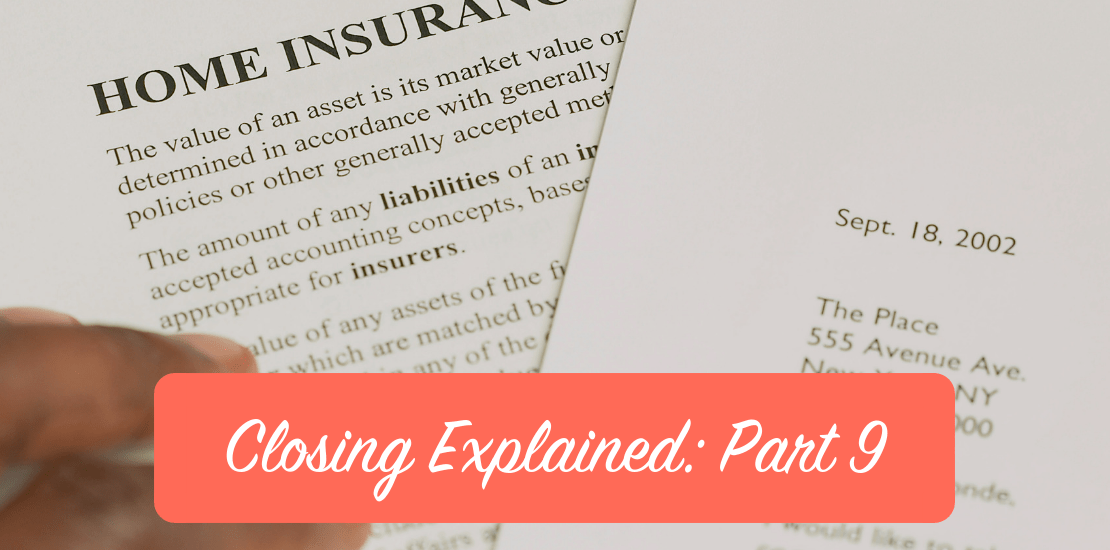When closing a real estate purchase through a title company, the buyer is given the option to purchase an Owner’s Title Insurance Policy. The title company will produce a report called a “title commitment.” Within this commitment will be requirements that need to be met in order to insure title. The title commitment may show, among other things, these possible problems:
- The lot lines described in deeds don’t match the actual area occupied by the owners in possession;
- Encroachments by neighboring improvements like fences, garages, retaining walls;
- Encroachment by a building or fence belonging to the purchased property onto a neighbor’s land;
- Easements that aren’t recorded in the County records;
- Gaps between 2 or more related parcels;
- Overlaps of the purchased property with the neighboring parcel;
All the above would be reflected in a survey done on the property being purchased, so long as the survey is correct.
For example: John and Mary Doe find the perfect house. It has a nice double lot, with enough space to build an addition onto the existing home. They close without a survey. When they start preparing for construction of the addition, they decide to have a survey completed. The survey discloses that there is a six-inch gap between the lot the home is located on and the neighboring lot, which prevents the city from granting the building permit. This is something that a plat inspector would be unlikely to discover.
If John and Mary had asked for survey coverage, they would be in luck.
Most buyers of residential real estate in Minnesota don’t get surveys, for various reasons. Even without a survey, issues like this can be discovered through an inspection of the land by professionals, who also create a “plat drawing.” An inspection and plat drawing are not the same as a survey, but they can disclose things that might be a problem. When these problems are discovered this way, the title company takes steps to have these things corrected, if possible.
Sometimes a plat inspector is unable to uncover possible survey issues. In this case, they would not be covered by an Owner’s Policy of Title Insurance unless the purchaser asks for “survey coverage.” The best way to protect against this possibility is to request survey coverage from your title insurer when purchasing the land, whether it’s a house in the city, an empty lot for building, a commercial property, or even a condominium. Survey coverage can be included in the owner’s policy for little or no extra premium and is well worth the peace of mind.
At the end of the day, however you look at it, survey coverage is extremely important. We always encourage protecting your investment, especially one of the most important investments of your life!
All the Best,
– Cindy


